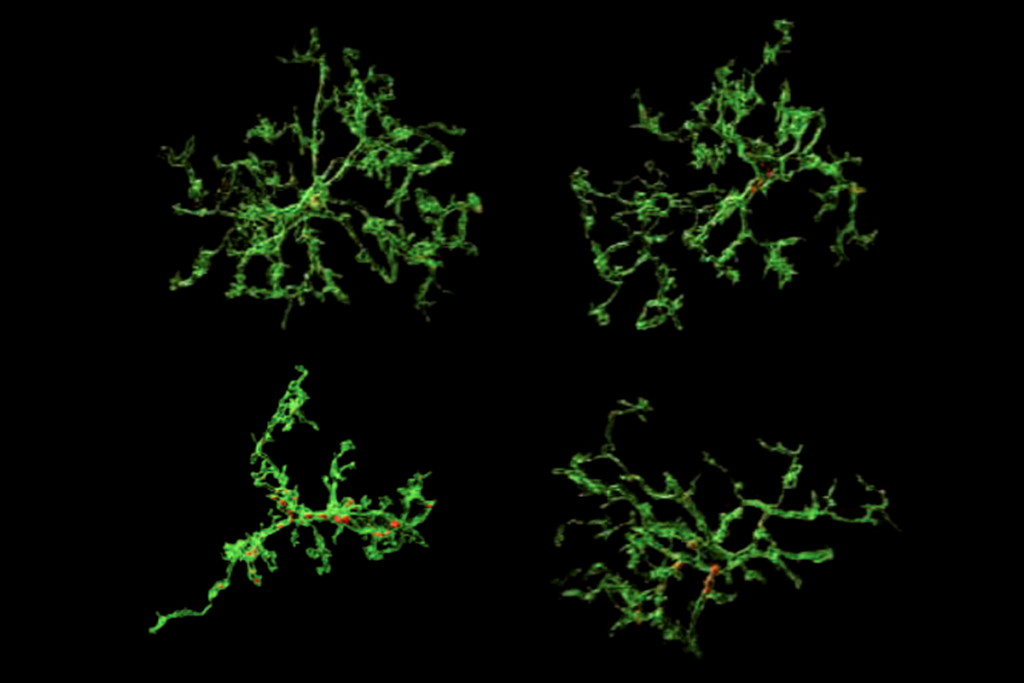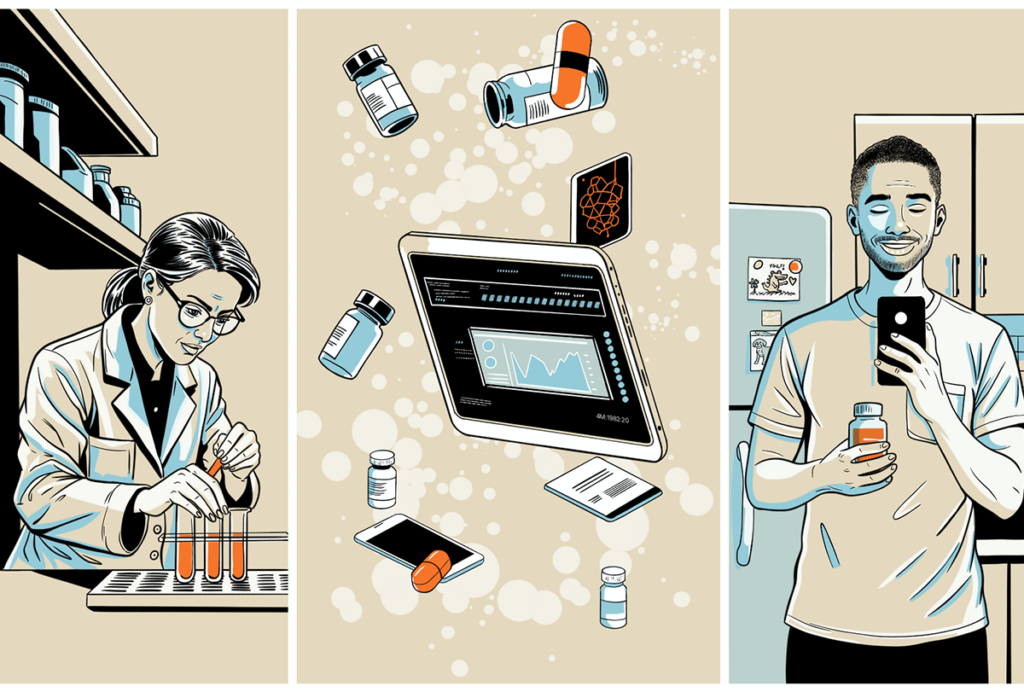In autism, brain responses to pain don’t match verbal ones
People with autism show abnormal brain responses when a painfully hot object is placed against their skin.
People with autism show abnormal brain responses when a painfully hot object is placed against their skin, according to unpublished research presented yesterday at the 2015 Society for Neuroscience annual meeting in Chicago. The results may some day help families and clinicians get a better handle on pain perception in these individuals.
Sensory abnormalities in autism are well known; they are even part of the diagnostic criteria for the condition. But few investigators have looked into how people with autism experience pain. The new findings come from one of the first brain imaging studies of pain processing in autism.
In the study, 17 adults with autism and 16 unaffected adults lay in a functional magnetic resonance imaging (fMRI) scanner with a small piece of metal strapped to one calf. The metal heated up over three seconds to 49 degrees Celsius (120 degrees Fahrenheit) — hot enough to hurt, but not to cause injury. The metal stayed hot for 12 seconds, then cooled to room temperature. The researchers measured participants’ brain activity through a dozen of these cycles of pain and relief.
The brain’s response to pain has three phases: early, intermediate and late. During the early phase, roughly corresponding to the study’s warm-up and the first seven seconds of heat, people with autism show similar levels of brain activity to controls in areas known to be involved in pain processing, such as the somatosensory cortex, a brain region that governs touch.
During the last five seconds of heat and the cooldown, the control group still shows brain activity in these areas. But among those with autism “all of the activation in the pain network is just gone,” says Michelle Failla, a postdoctoral researcher in Carissa Cascio’s lab at Vanderbilt University in Nashville, Tennessee, who presented the work.
The differences between the groups persist for 10 seconds after the painful stimulus ceases. “In people without autism, the brain is still responding: ‘Hey, you were just in pain.’ But in autism, that is completely gone,” says Failla.
Perception patterns:
These patterns suggest that the brain’s initial processing of pain may be normal in autism. But later steps in pain processing, having to do with cognitive and emotional evaluation of pain, may not be.
Individuals with autism vary in their brain responses to pain, the study shows. Some have unusually low activity in the brain’s pain network, whereas pain activity in others is relatively high. This is not surprising, given that individuals with autism may also be either hyper- or hypo-sensitive to non-painful sensory inputs.
Yet the researchers found that people with autism describe their pain similarly to controls. After the scan, most people in both groups rated the intensity of the pain at about a 7 or 8 on a 10-point scale. Individuals with autism and controls also both reported roughly the same pain thresholds when the metal strapped to their calf was heated more gradually.
“They’re rating their pain exactly the same, even though their brains respond totally differently,” Failla says. Communication problems in people with autism may prevent them from accurately reporting the pain they feel, she says. “Our study suggests brain imaging might help us clarify pain in individuals who have difficulty communicating their experience verbally.”
The researchers plan to examine the relationship between brain activity and facial grimaces in response to pain. “If we could combine brain imaging with other ways of determining pain experience, like facial expressions, we might be able to provide even more clarification,” says Failla.
For more reports from the 2015 Society for Neuroscience annual meeting, please click here.
Recommended reading

Functional connectivity links with autism, not ADHD; and more

Ramping up cortical activity in early life sparks autism-like behaviors in mice

New method identifies two-hit genetic variation in autism; and more
Explore more from The Transmitter
Daniel Nicholson discusses how Schrödinger’s book ‘What is Life?’ shaped years of biology, research

Our searchable repository of useful research can restore trust in federally funded basic science
